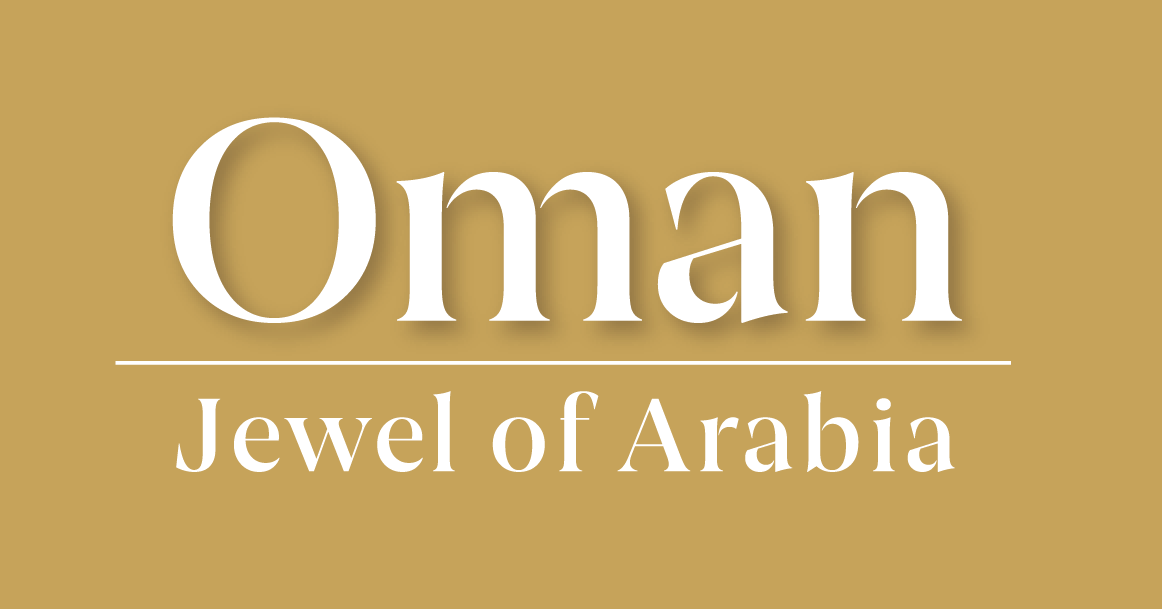
Unicorns of the desert
Aim and introduction
The Arabian Oryx is from the antelope family which was once common across the Arabian Peninsula. It is thought that there are roughly 1,200 roaming in the wild in the Middle East. It was declared extinct in the wild in 1972. Since then, intervention and conservation efforts have slowly brought numbers back up. Due to the profile of their horns, when viewed in a particular way, it appears that there is only one which could possibly have been the source of the unicorn myth.
This lesson explores what the Arabian Oryx is, how it has adapted to the desert and why it became a threatened species. It then goes on to look at conservation efforts of other endangered species and encouraged pupils to think about how they would conserve the Arabian Oryx.
It is anticipated that this lesson will take between 45 and 60 minutes.
Curriculum links
Physical geography, including: climate zones, biomes and vegetation belts, rivers, mountains, volcanoes and earthquakes, and the water cycle.
Learning goals
- Know ways in which the Arabian Oryx have adapted to the desert biome.
- Understand why the Arabian Oryx had been near extinction.
- Identify ways in which the Arabian Oryx can be conserved.
Learning outcomes
Greater depth: pupils will be able to link the characteristics of the Arabian Oryx to how it has adapted to the desert biome. They will synthesise facts to identify the causes of the near extinction of the Arabian Oryx and recognise the main cause(s). Pupils will be able to draw upon ideas from other conservation efforts as well as their own understanding to clearly identify ways in which the Arabian Oryx could be protected. These ideas are presented clearly and logically.
Expected level: pupils will be able to identify specific characteristics of the Arabian Oryx to how these have helped them adapt to the desert biome. They will be able to identify the causes of the near extinction of the Arabian Oryx but not necessarily the main cause(s). Pupils will be able to draw upon ideas from other conservation efforts to identify ways in which the Arabian Oryx could be protected. These ideas are presented but not necessarily in a clear, logical way.
Working towards: pupils will be able to identify characteristics of the Arabian Oryx and make some connections as to how these have helped them adapt to the desert biome. They will be able to identify the some of the causes of the near extinction of the Arabian Oryx. Pupils will be able to draw upon ideas from other conservation efforts to identify some ways in which the Arabian Oryx could be protected. These ideas will most likely be not presented in a logical way.
Support: with guidance, pupils will be able to identify characteristics of the Arabian Oryx and how some have helped them adapt to the desert biome. They will be able to look at some of the causes of the near extinction of the Arabian Oryx. Pupils will be able to draw upon ideas from other conservation efforts and with guidance identify some ways in which the Arabian Oryx could be protected. Presentation of these ideas will be limited to a particular method such as verbal or drawn.
Key terms
- Conservation
- Protection
- Habitat
- Hunting
- Overgrazing
- Endangered
Learning resources
- PPT – Unicorns of the Desert - Teacher Presentation
- Image of the Arabian Oryx printed on an A3 or 4 sheet. One for each pupil (found at the end of the teacher presentation PPT).
What you will need
- Pens / colouring pencils.
Challenge and support
Challenge pupils to develop their ideas on ways to conserve the Oryx beyond the categories given.
Support pupils by identifying key features a creature needs to survive in the desert by linking to other desert animals i.e. the ability to go without water for a while.
Pre - Starter
Have statements on the board about the Arabian Oryx to see if pupils can guess what the lesson will be about.
Starter
Provide each pupil with an image of the Arabian Oryx and get them to label it to explain why people thought they were unicorns using the image comparison on Slide 3 as well as the facts from this slide.
Present some more information about the Oryx using Slide 4 of the PPT. Pupils add labels to their own image so that they can develop their points about the Arabian Oryx and how it has adapted to the desert biome.
Main 1
Teacher presentation showing a timeline about why the Arabian Oryx became extinct in the wild. Class discussion on other species the class know that might become (or have become) extinct and the reasons for this. Teacher draws ideas together and categorises responses on the board for the whole class to review.
Main 2
Introduce the term ‘conservation’ then show pupils this video (also linked in the PPT – slide 6) on ways in which people have helped conserve other endangered species. Pupils create a mind map to think about how they could conserve the Arabian Oryx looking at the following core themes: provision of food and water, stopping hunting, international agreements and education.
Ask pupils to imagine their ideal home for the Arabian Oryx. Prompt with questions such as ‘where would they find water?’, ‘How would they be safe?’ and ‘what would they eat?’.
Plenary
Around the image of the Arabian Oryx from the beginning of the lesson, pupils draw a safe habitat identifying what they have thought about in the second task in Main 2.
If they are feeling confident, they could share their ideas with the rest of the class.
File nameFiles
File type
Size
Download
